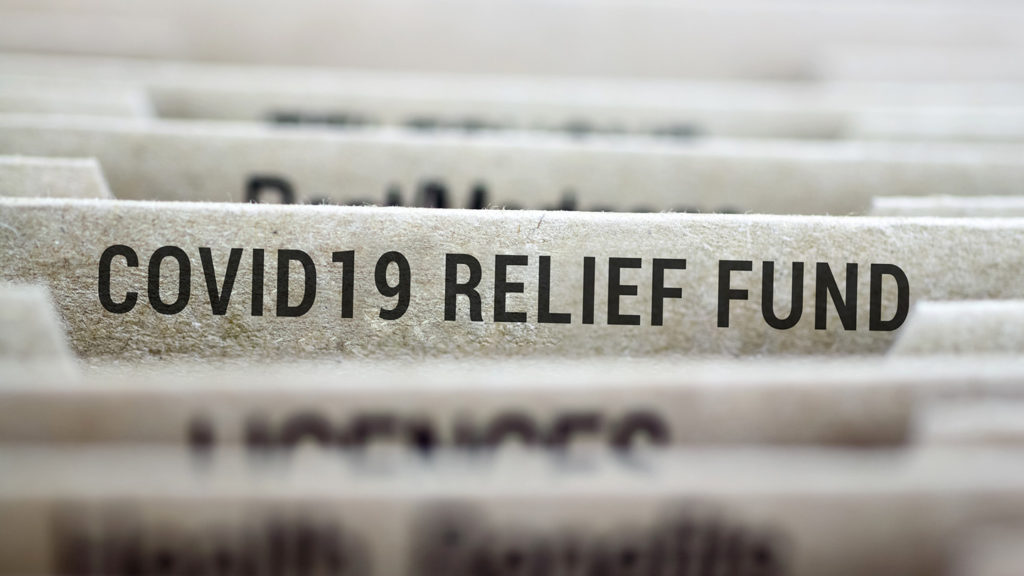
Given the “controversy” surrounding the $178 billion distributed through the COVID-19 Provider Relief Fund, monitoring the impact of the fund will provide valuable lessons for pandemic recovery and future policymaking, according to a new brief from the Urban Institute.
Since March 2020, Congress has allocated $178 billion to the Provider Relief Fund, established under the Coronavirus Aid, Relief, and Economic Security (CARES) Act to help providers prevent, prepare for and respond to the pandemic.
Assisted living first was recognized during Phase 2 distributions, with Phase 3 distributions covering pandemic expenses from the first half of 2020. Phase 4 distributions were not released until September 2021, when $17 billion was allocated after congressional and healthcare industry pressure following COVID-19 case surges. As of July, the Department of Health and Human Services had paid out $14.5 billion through the Phase 4 general distribution.
The Provider Relief Fund initially received $100 billion through the CARES Act, followed by another $75 billion through the Paycheck Protection Program and Health Care Enhancement act, followed by another $3 billion from the Consolidated Appropriations Act in 2021.
The fund faced “sharp criticism” from the outset, according to Teresa Coughlin, a senior fellow in the Health Policy Center of the Urban Institute and author of the brief. Many stakeholders left out of initial distributions, including assisted living providers, were critical of eligibility criteria, she said.
All funds were allocated as of February, and it is “likely that the Provider Relief Fund is largely depleted as of July 2022.” But Coughlin noted that the fund balance may increase after providers returned almost $10 billion in grants because they either didn’t need the money or couldn’t meet the terms and conditions set by HHS.
More recently, providers have pushed for replenishment of the Provider Relief Fund, citing difficulty returning to pre-pandemic operations, mounting labor costs and a lack of funding to respond to the delta and omicron variant surges.
In a January letter to President Biden, LeadingAge wrote that Phase 4 Provider Relief Fund payments funded less than 45% of providers’ reported pandemic-related lost revenues and expenses through the first quarter of 2021.
In February, the American Health Care Association / National Center for Assisted Living sent a letter to congressional leaders calling for a $20 billion replenishment of the fund — asking for $10 billion each for assisted living communities and skilled nursing facilities.
That same month, the American Seniors Housing Association co-authored a letter with Argentum asking that the Provider Relief Fund be replenished with targeted support to assisted living communities. Argentum also promoted the Safeguarding Elderly Needs for Infrastructure and Occupational Resources (SENIOR) Act, which proposes a $10 billion sustainability fund similar to the Provider Relief Fund.
In March, LeadingAge asked for additional, targeted relief to get through the public health emergency and asked Congress to restore the $23 billion siphoned from the fund for other coronavirus expenses that did not include provider relief.
HHS allocated funds through general and targeted distributions, as well as to support other health-related pandemic activities, including testing and treating the uninsured, administering COVID-19 vaccines, and developing and procuring therapeutics.
Coughlin said that the fund will continue to remain active for the foreseeable future as some providers return excess funds over the next year. It is unclear how HHS will use those returned funds, however, she said.
“Given the controversy surrounding the fund, as well as the significance these grants have for many providers, following provider relief funding will be important — both to ensure that funds were used properly and to help inform future policymaking,” Coughlin wrote.




